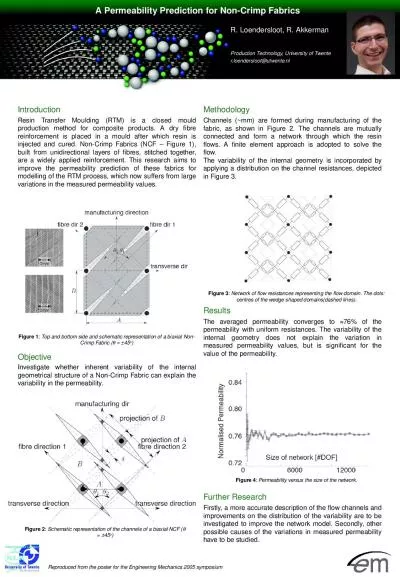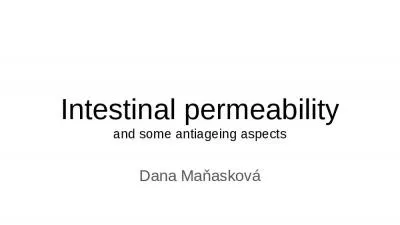PPT-Intestinal Permeability/ Leaky gut syndrome
Author : cleminal | Published Date : 2020-08-07
Adan Sanchez MD The stomach has a controlling power upon the health of the entire body Anything which is taken into the stomach and converted into blood becomes
Presentation Embed Code
Download Presentation
Download Presentation The PPT/PDF document "Intestinal Permeability/ Leaky gut syndr..." is the property of its rightful owner. Permission is granted to download and print the materials on this website for personal, non-commercial use only, and to display it on your personal computer provided you do not modify the materials and that you retain all copyright notices contained in the materials. By downloading content from our website, you accept the terms of this agreement.
Intestinal Permeability/ Leaky gut syndrome: Transcript
Download Rules Of Document
"Intestinal Permeability/ Leaky gut syndrome"The content belongs to its owner. You may download and print it for personal use, without modification, and keep all copyright notices. By downloading, you agree to these terms.
Related Documents


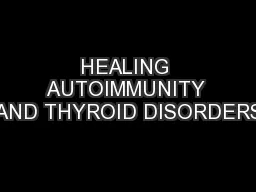



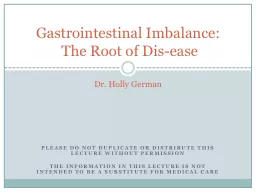

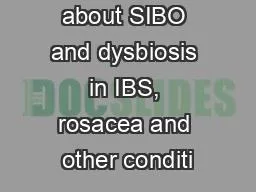
![[EBOOK] Heal Your Gut, Bread Cookbook: Gluten Free, Dairy Free, GAPS Diet, Leaky Gut,](https://thumbs.docslides.com/882556/ebook-heal-your-gut-bread-cookbook-gluten-free-dairy-free-gaps-diet-leaky-gut-low-carb-paleo.jpg)


